Downsizing the Summer Pie (Along with Prepping Tips)
While browsing the home and garden section of our newspaper the other day I ran onto a great idea that I want to pass on. Now I’m sure some of you seasoned Cook’n cooks out there have already thought of this, but for those of you who haven’t, this is for you!
How about downsizing your summer pies? While big, family-size pies tend to get all the summer dessert glory, when it comes to family picnics, camping trips, and backyard barbecues, single-serving hand pies are actually a smart way to go.
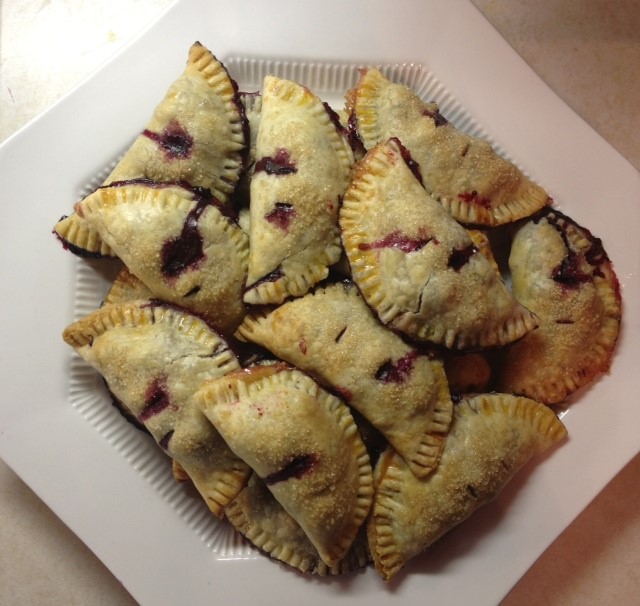
Yes, it’s more work to make a batch of hand pies, rather than making one large pie. But these little guys are easier to transport and easier to eat. And they’re so versatile that it’s worth the extra work.
For instance, hand pies can be savory or sweet and can take a variety of shapes. At our house we really like those that are shaped like half-moons. But a neighbor brought over a plate of heart-shaped little pies the other day that won our, well, hearts. And my granddaughter made square-shaped mini pies that were awfully cute as well as tasty. So whatever shape you opt for, mini is the theme.
I’ve tried several pie crust recipes and prefer the one that just about everyone I know uses—the one that calls for vinegar and egg along with the ice water. My friend and co-cookbook author, Jeanne Wolfley, likes to use butter-flavored shortening. I have good luck with plain unsalted butter. And my Aunt Annie swore by lard. What’s your fat preference?
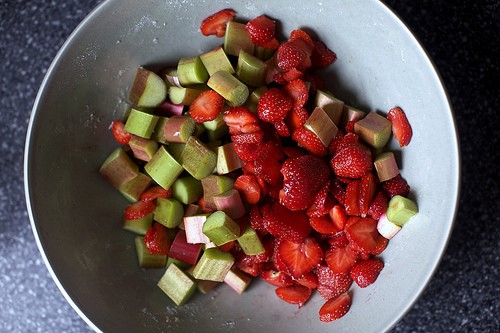
Then there’s the fillings. Fresh fruit always works. Right now I’m working on strawberries and rhubarb. So far everyone has loved them. In the next couple months we’ll be enjoying fresh peaches, so that will be the fruit of choice.
And speaking of fruit fillings, we also have to speak of the thickener that’s needed. The starch thickener for a pie filling is one of the most important ingredients in pie making. A pie with a watery filling resulting from not enough thickene, and a pie with a pasty or rubbery filling resulting from too much thickener are equally undesirable.
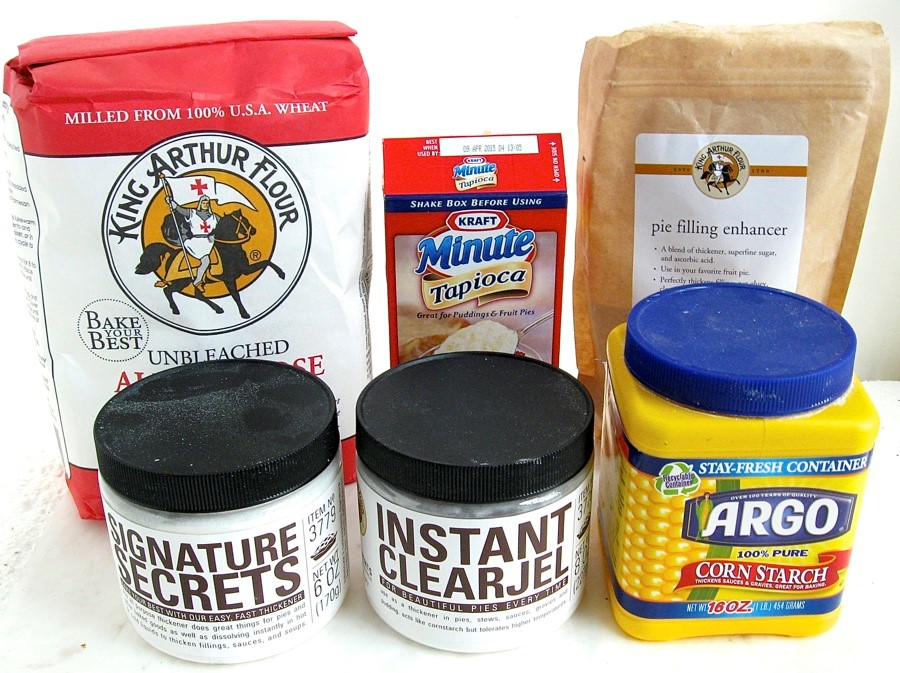
The most common thickeners used for pie fillings are flour, cornstarch, tapioca, and clear gel. While they all work well to thicken pie filling juices, they aren’t of equal power. And they all have advantages and disadvantages. The not-so-easy trick is to use just the right amount to achieve the desire thickness after the pie is baked.
I learned basic rules of thumb on this topic from a really helpful site, www.everythingpies.com:
· Heat causes the starch in thickeners to bond with water molecules. The starch granules then start to enlarge like a balloon, absorbing the water around it as it swells.
· As the temperature rises over 150°F and up to a point just below boiling, the rigid structure of the starch separates, creating a spidery web net of bonded starch and water molecules.
· This net prevents the free movement of water molecules and results in a thick sauce. You can notice that at this point the sauce becomes clearer. That’s because the starch molecules are no longer packed tightly together. They are in a looser meshwork and spread further apart after heating up.
· If the starch is over heated above 205°F for a long period, the large starch balloons start to shrink in size, releasing the water it once held. As this happens the filling becomes thinner.
· As the starch granules absorb the liquid, they swell like balloons and become fragile. It’s very important when making a pudding or glaze not to stir vigorously after thickening has occurred, because you’ll break down these fragile starch balloons.
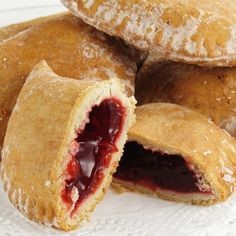
So how much thickener do you use? Everything Pies says that if you’re using lots of sugar in your filling, more thickener is needed because sugar contains moisture and when cooked, it’ll produce more juices (especially with berries). And if using frozen berries, you’ll need a little more thickener there, as well.
Finally, to know which thickener to use, here are the details:
Flour (especially wheat): Is a very stable filling thickener, but can get pasty if too much is used. It’s unlikely that it can be overcooked, and thickens at 162°F.
Cornstarch: It’s somewhat flavorless, silky and thickens the filling at boiling point. It can be overcooked. For the most part it has no taste, and thickens at 212°F.
Tapioca: It gives a lovely transparent gloss to fruit filling. It has a slightly sweet taste and can be overcooked. It thickens just below 212°F.
Clear Gel: It’s the professional chefs’ favorite—it’s a failsafe thickener. It can’t be overcooked. In fact, it doesn’t even need cooking.
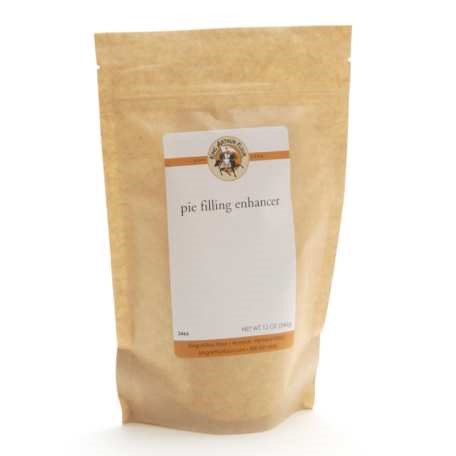
And lastly, there’s Pie Filling Enhancer (from King Arthur Flour): The perfect all-in-one pie thickener that combines clear gel with ascorbic acid (for bright fruit flavor), and superfine sugar, to sweeten things up. A 12-ounce bag sells for $6.95 on the King Arthur site (www.kingarthurflour.com) and is enough for about 4 to 8 pies.
- www.allezgourmet.com
- www.pinterest.com
- www.smittenkitchen.com
- www.kingarthurflour.com
 Alice Osborne
Alice Osborne
Weekly Newsletter Contributor since 2006
Email the author! alice@dvo.com
